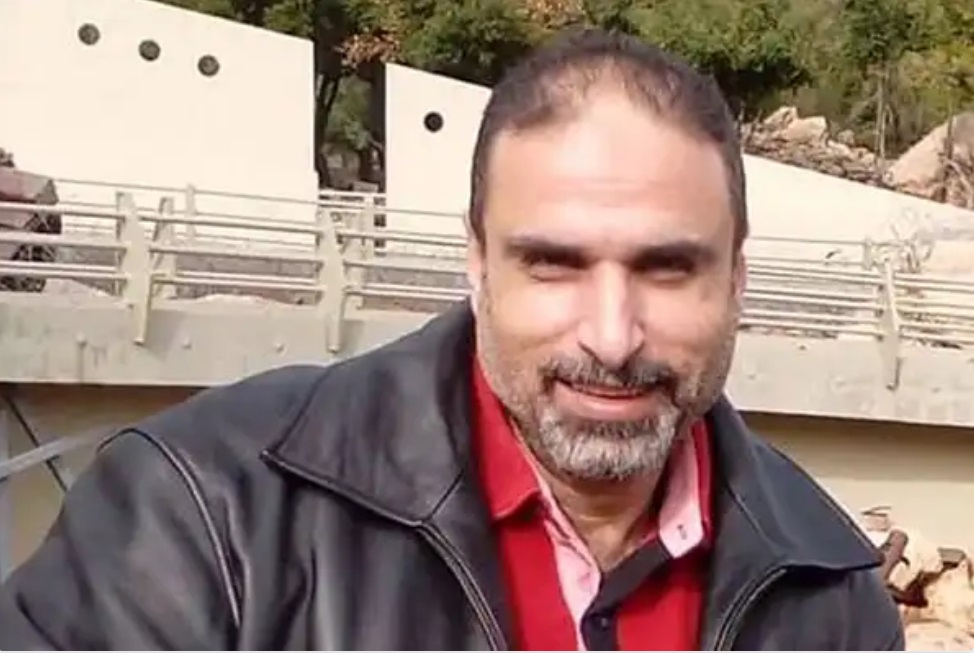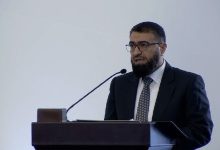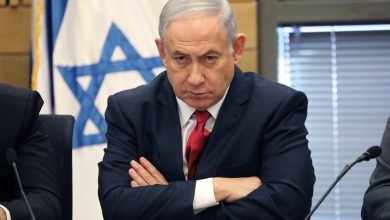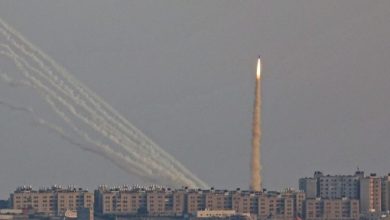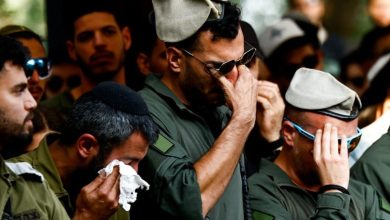He received his primary and secondary education in the village’s schools, progressing to high school. However, he left school early despite his academic excellence to assist his father in work and support his family, consisting of 9 members (5 males and 4 females), in addition to his parents.
Deportation and Detention
Al-Aqraa experienced several instances of arrest and deportation. The first arrest of the Qassam martyr Azzam Al-Aqraa was in 1989, during which he spent 9 months in detention on charges of resisting the occupation and confronting it.
He was arrested again at the beginning of 1992 and sentenced to administrative detention for 6 months, as the occupation authorities failed to prove any charges against him. However, he remained pursued until he was arrested in December of the same year. He, along with more than 400 detainees from the leadership and ranks of Hamas and Islamic Jihad movements, was deported to Marj al-Zohour in southern Lebanon.
Brother Hasn’t Seen Him in 30 Years
Regarding the post-deportation phase, his younger brother, Hussam Al-Aqraa (50 years old), told “Al Jazeera Net” that information about Azzam became scarce. Their contact was interrupted, as he was concerned about the safety of his family and feared the occupation’s pursuit of them.
He adds, “The last contact I had with him was in 2006, and I haven’t seen him for 30 years. We, as siblings, have not met since the first uprising, except for one meeting. Our parents passed away, and he did not bid them farewell.”
Hussam further mentions that his mother, who passed away in 2004, was the link with Azzam. She visited him for the last time in Syria before her death, and through her, they received the latest news about him, especially since she was the connection point, particularly as he lived abroad.
The Family Targeted
The family of the martyr Azzam Al-Aqraa remained a target for the occupation, facing its raids and harassment. Hussam was arrested for 3 years, and all his brothers and sisters were prevented from traveling. Moreover, they were denied permits for themselves and their children to enter Israel for work or travel.
According to his brother, Israel accuses Al-Aqraa of being responsible for infiltrating the Israeli cellular communications network (SILKOM) through a “cyber cell” he allegedly recruited and led, consisting of engineers from Palestinians in the 1948 territories. They allegedly worked to obtain “critical security information” for the benefit of the Hamas movement.
